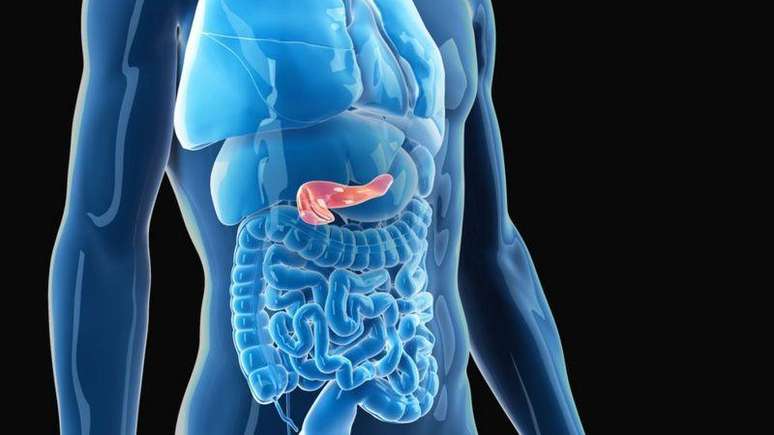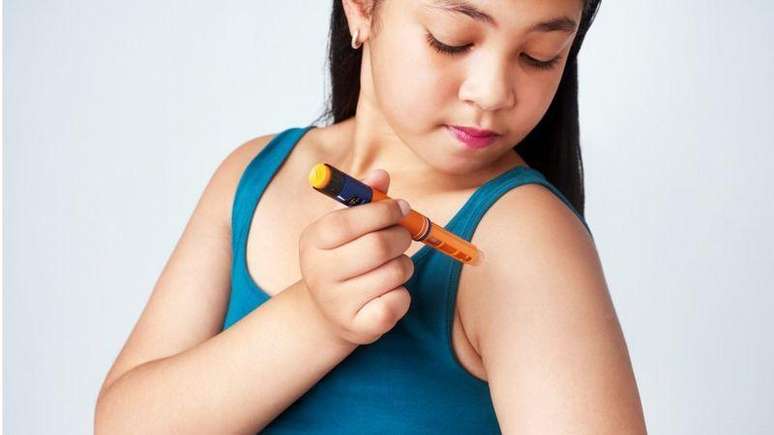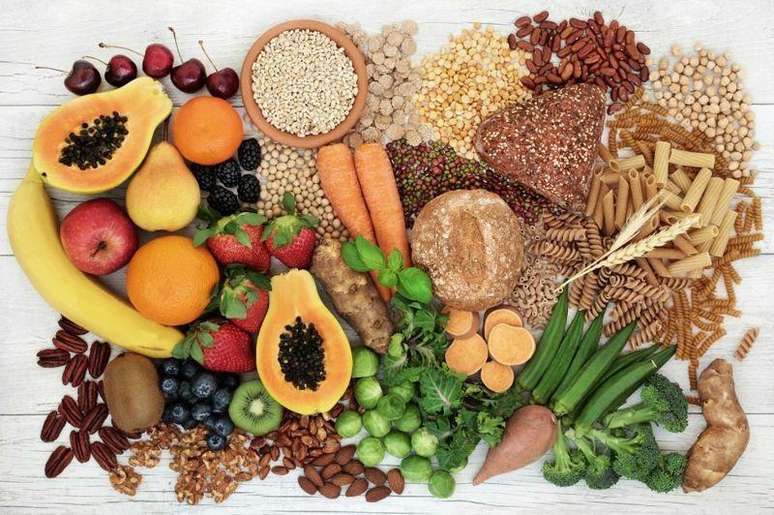Experts answer some of the biggest questions about diabetes.
Diabetes is a serious chronic disease that anyone can get.
According to the World Health Organization (WHO), approximately 422 million people live with diabetes worldwide, four times more than 40 years ago.
Diabetes occurs when the body cannot process all the glucose in the blood.
Glucose is not harmful, in fact, it is the fuel for all cells in the body.
Complications of diabetes can cause heart attack, stroke, blindness, kidney failure and lower limb amputation.
Despite the risks, many people with diabetes are unaware of them. Lifestyle changes can prevent many cases.
To mark World Diabetes Day on November 14, BBC News Mundo (the BBC’s Spanish-language service) found the most frequently asked questions on Google about the disease and answered them with the help of three experts.

1. What are the early symptoms of diabetes? And in children?
Victor Montori, diabetes endocrinologist at the Mayo Clinic in the United States: “Typically, a doctor tells a patient that he or she has type 2 diabetes based on the results of laboratory tests that measure blood sugar. Most patients with type 2 diabetes have no symptoms. Symptoms are more common in patients with type 1 diabetes, when levels remain very high for a long time. Fatigue, thirst, hunger, excessive urination, blurred vision and weight loss may occur.”
José Agustín Mesa Pérez, endocrinologist and president of the Latin American Diabetes Association: “In children, diabetes is more often type 1. Symptoms are generally more intense and occur over a shorter period of time: intense thirst, weight loss, frequent urination, tiredness and drowsiness.”
Fabiana Vázquez, member of the Argentine Diabetes Society: “In recent decades we have seen an alarming increase in cases of type 2 diabetes in children and adolescents, linked to the increase in obesity and sedentary lifestyles.”

2. When is blood sugar dangerous?
Fabiana Vázquez, member of the Argentine Diabetes Society: “On an empty stomach, the normal blood sugar level is between 70 and 110 milligrams per deciliter (mg/dL). After meals these values increase, but insulin causes them to return to normal quickly (usually within two hours). Values above 180 mg/dl maintained for more than 2 hours are toxic to cells and, if repeated several times, can cause permanent damage to them, especially to the kidneys, eyes, heart and nerves of the legs .”
“If the values are high, the whole body suffers in the long term. Therefore, people with diabetes should have blood glucose levels between 70 and 180 mg/dl for most of the day.”
Victor Montori, endocrinologist specializing in diabetes at the Mayo Clinic, United States: “A patient with type 2 diabetes may start to dehydrate when the sugar level exceeds 200 mg/dl, but people without other problems can maintain high sugar levels without much risk. When the level is very high, for example above 300 mg/dL, the risk is greater and requires attention.”
José Agustín Mesa Pérez, endocrinologist and president of the Latin American Diabetes Association: “We should also talk about lower values. People who have diabetes, even those who have some complications, should avoid having blood sugar values lower than 70 mg/dl both fasting and after eating.”

3. What are the differences between type 1 and type 2 diabetes?
José Agustín Mesa Pérez, endocrinologist and president of the Latin American Diabetes Association: “In the classification of diabetes there are four types, but in practice it is expressed as type 1 or 2. Type 1 generally occurs in young people under 30 who are thin and have no hereditary history of diabetes. It usually comes with symptoms tripled.”
“Type 2 diabetes generally occurs in adults over the age of 40, typically related to overweight or obesity, with a waist circumference greater than 80 cm in women and 90 cm in men. It is also associated with other factors risk, such as high triglycerides, blood pressure and fatty liver.”
Victor Montori, endocrinologist specializing in diabetes at the Mayo Clinic, United States: “In type 1 diabetes, the appropriate use of insulin (a laborious and expensive task) offers these patients the possibility of an unrestricted life. In patients with type 2 diabetes, because it is milder, the changes may be well controlled with diet, exercise, stress management and medications (pills, injections, insulin).”

4. Is diabetes curable? Can it be avoided?
Fabiana Vázquez, member of the Argentine Diabetes Society: “There is no cure for diabetes, but if it is well controlled, the person can lead a normal life. There is no way to know who will get type 1 diabetes, nor how to avoid it. On the other hand, diabetes type 2 is very clear. Maintaining an adequate weight, following a healthy and balanced diet and exercising regularly can prevent or delay the onset of diabetes in individuals with a genetic predisposition.”
Victor Montori, endocrinologist specializing in diabetes at the Mayo Clinic, United States:”Pancreas transplant is an aggressive alternative that in many cases resolves insulin deficiency in type 1 diabetes.”
José Agustín Mesa Pérez, endocrinologist and president of the Latin American Diabetes Association: “There is no cure and you have to be very careful about liars and charlatans who promise it. But it is a perfectly controllable chronic disease and the earlier it is diagnosed and the more intense the work to reduce risk factors, the easier it will be it will be to avoid other complications.”

5. What foods cause diabetes?
José Agustín Mesa Pérez, endocrinologist and president of the Latin American Diabetes Association: “None. There are no foods that can develop diabetes on their own. The confusion arises because prehistoric man needed to save energy to live and did so through insulin saving mechanisms.”
“But as time went on and food became more widely available, we began to have problems: the excess energy consumption that began to come with industrial development. And these were no longer natural foods, but canned foods for which digestion is not prepared. There began to be an excess in the deposition of calories in adipose tissue, liver and other structures. The consequence was the development of chronic diseases such as diabetes, obesity, cancer, etc.”
Fabiana Vázquez, member of the Argentine Diabetes Society: “Adequate consumption of vegetables (raw and cooked and of different colors) and fruits can help balance the diet and incorporate natural antioxidants that help prevent diabetes.”
“Diets high in fat, especially of animal origin, as well as simple carbohydrates (sugars) and processed foods are associated with a greater chance of developing type 2 diabetes. Excess fast food and snacks are one of the causes of the increased frequency with which we detect type 2 diabetes in children.”
Source: Terra
Ben Stock is a lifestyle journalist and author at Gossipify. He writes about topics such as health, wellness, travel, food and home decor. He provides practical advice and inspiration to improve well-being, keeps readers up to date with latest lifestyle news and trends, known for his engaging writing style, in-depth analysis and unique perspectives.








